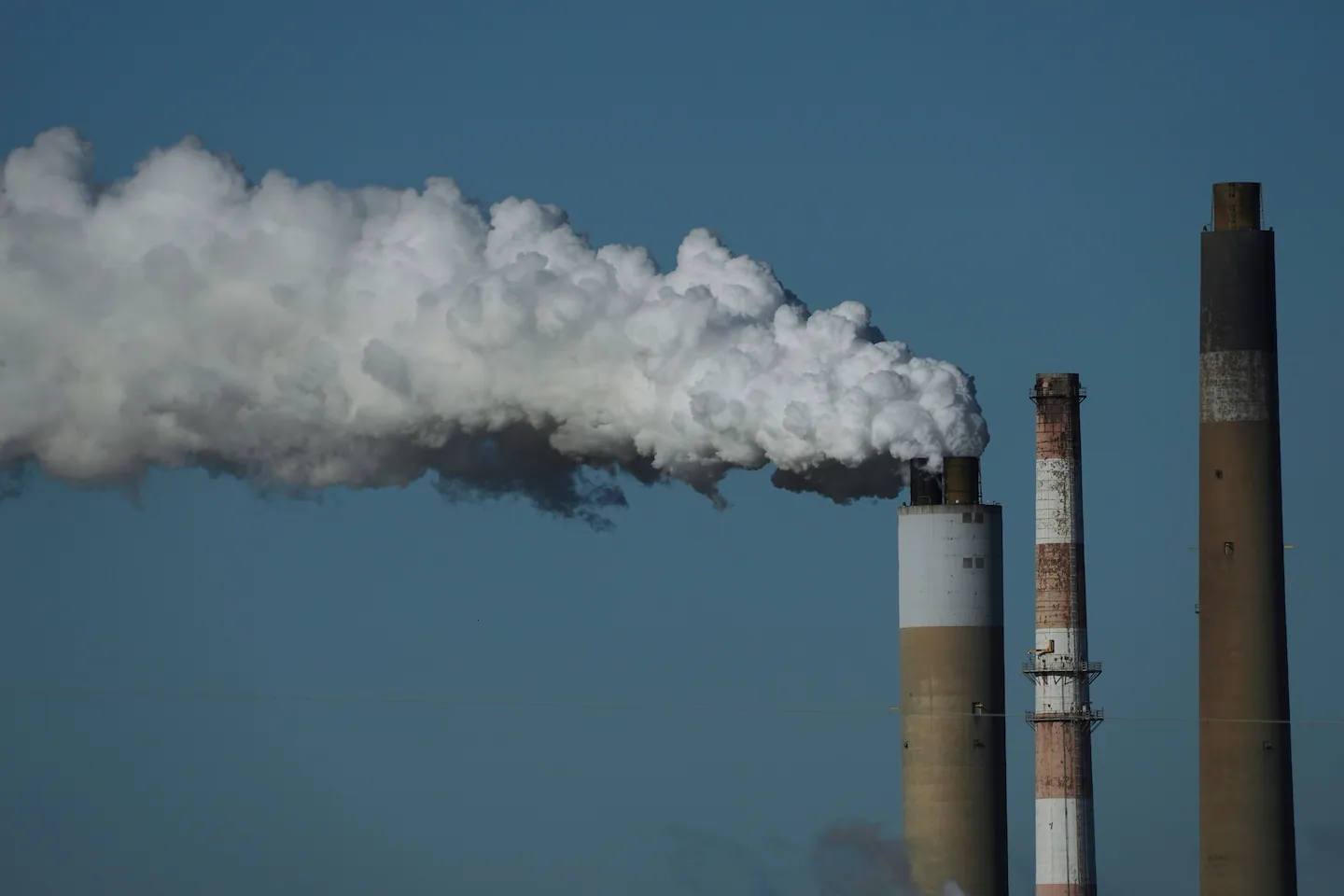Copyright The Boston Globe

This year’s report is no exception: Based on policies that countries have put in place and current technology trends, Earth is expected to warm by roughly 2.8 degrees Celsius (5 degrees Fahrenheit) this century, compared with preindustrial levels. If countries followed through on all of their official promises to cut near-term emissions, warming could be limited to 2.3 degrees Celsius, though many nations are struggling to meet those pledges. Those temperature levels are considerably hotter than what nearly every country agreed to under the 2015 Paris climate agreement, in which leaders promised to hold global warming to “well below” 2 degrees Celsius, and preferably closer to 1.5 degrees, to reduce the risks from wildfires, droughts, and other climate calamities. Even half a degree of additional warming could mean tens of millions more people worldwide exposed to dangerous heat waves, water shortages, and coastal flooding, scientists have said. (The world has already warmed about 1.3 degrees since preindustrial times.) “Every fraction of a degree matters in terms of lives lost, in terms of losses and damages, in terms of weighing the risk of irreversible tipping points,” said Anne Olhoff, a climate policy expert based in Denmark and a lead author of the assessment, which is issued by the UN Environment Program. “So we really need to go as low as we can.” On that front, the report did find a few improvements. Last year, the authors had projected that the world was on track for 3.1 degrees Celsius of warming based on current policies. This year’s lower projection of 2.8 degrees Celsius was partly because of methodological changes but also because the rapid growth of clean energy technologies like solar panels and electric vehicles has slightly reduced forecasts of future emissions in places such as China and Europe. At the same time, however, the Trump administration has said it would withdraw from the Paris agreement and is disavowing all promises to curb US emissions while repealing federal support for renewable energy and electric vehicles. The authors calculated that these American moves could add up to 0.1 degree Celsius to future global warming projections. The United States is the largest historical emitter, putting more greenhouse gases into the atmosphere than any other country since the Industrial Revolution. The Trump administration dismissed the findings. “The United States does not support the Emissions Gap Report,” the US State Department said in a statement that was included in the report. “It is the policy of the United States that international environmental agreements must not unduly burden the United States.” So far, there are few signs that other governments are aggressively ratcheting up their own climate policies to compensate for America’s withdrawal. Under the 2015 Paris agreement, every nation agreed to voluntarily submit a plan to curb emissions and then leaders promised to revisit and strengthen those pledges every five years as needed. The newest plans were due in September, before what had been billed as an important UN climate summit, which is set to begin Thursday in Belém, Brazil. Yet only one-third of countries, or 64, submitted new climate plans, which are supposed to specify how governments will curb emissions through 2035. While more countries could submit plans in the days ahead, most submissions so far do not represent a drastic change of course. “Nations have had three attempts to deliver promises made under the Paris agreement, and each time they have landed off target,” said Inger Andersen, the executive director of the UN Environment Program. China, currently the world’s largest emitter, has for the first time said it would cut carbon dioxide and other pollution by at least 7 percent by 2035. But the country did not say how much its emissions would grow in the next few years before the cuts starts, and some analysts say China set a target that would be easy to meet. Other nations such as Russia and Turkey have submitted new pledges that appear to be less ambitious in restraining emissions than what was likely to happen anyway under their current energy policies. The UN report also underscored what many scientists have been saying for some time: The world is all but assured to blow past the goal of limiting global warming to 1.5 degrees Celsius (2.7 degrees Fahrenheit), which in recent years many climate activists and vulnerable countries had championed as essential to keep the risks of climate change as low as feasible. Reaching that goal would have required countries to collectively cut their emissions nearly in half between 2019 and 2030, which would have entailed a rapid and far-reaching transformation of the global energy economy. While many analysts had long thought that was unrealistic, it is now essentially impossible given that global emissions remain higher today than they were in 2019. Instead, the report said, the most ambitious climate goal that countries could now conceivably aim for is to “overshoot” the 1.5 degree Celsius mark for a few decades before bringing global temperatures back down to that level. Even that would require slashing global emissions in half between now and 2035 and then figuring out how to suck vast amounts of carbon dioxide out of the atmosphere in order to help lower temperatures. Both would be enormously challenging. One problem, scientists say, is that surpassing 1.5 degrees Celsius of warming for even a few decades risks setting certain irreversible changes in motion, potentially including the destabilization of ice sheets in Greenland and West Antarctica, which could push up sea levels dangerously higher for coastal communities around the world.



